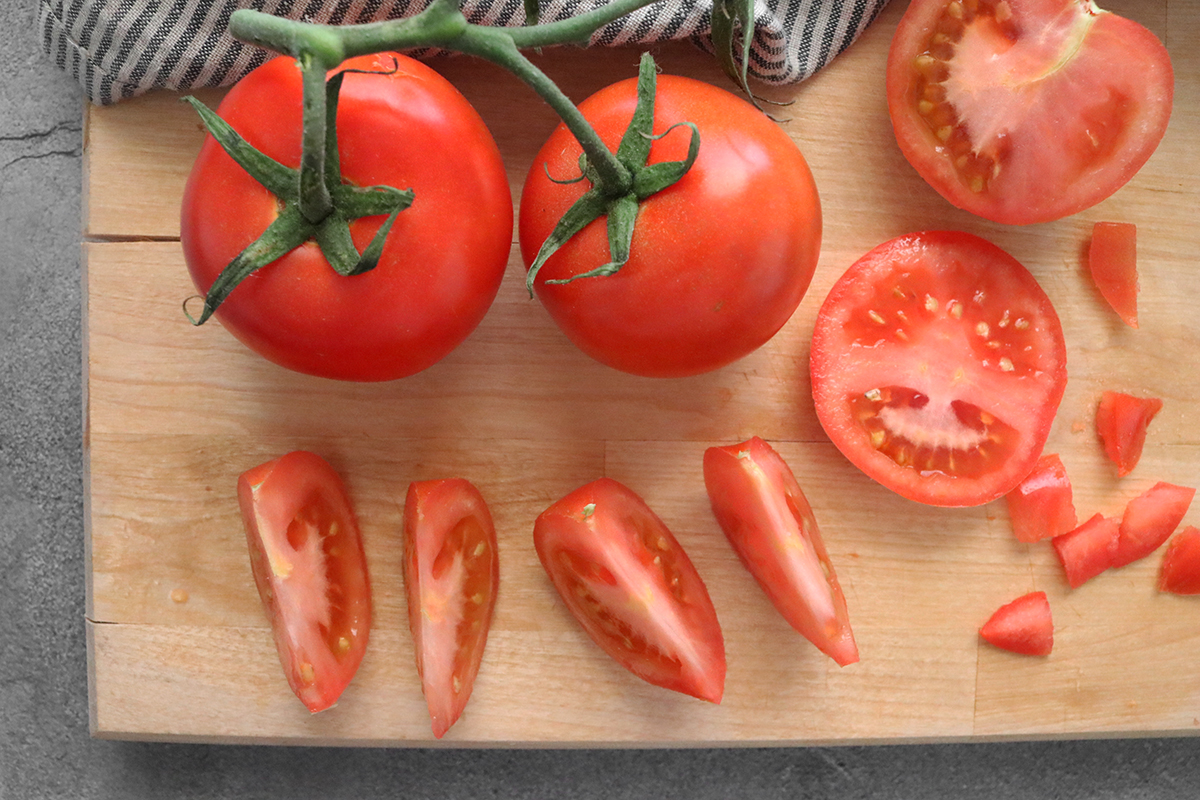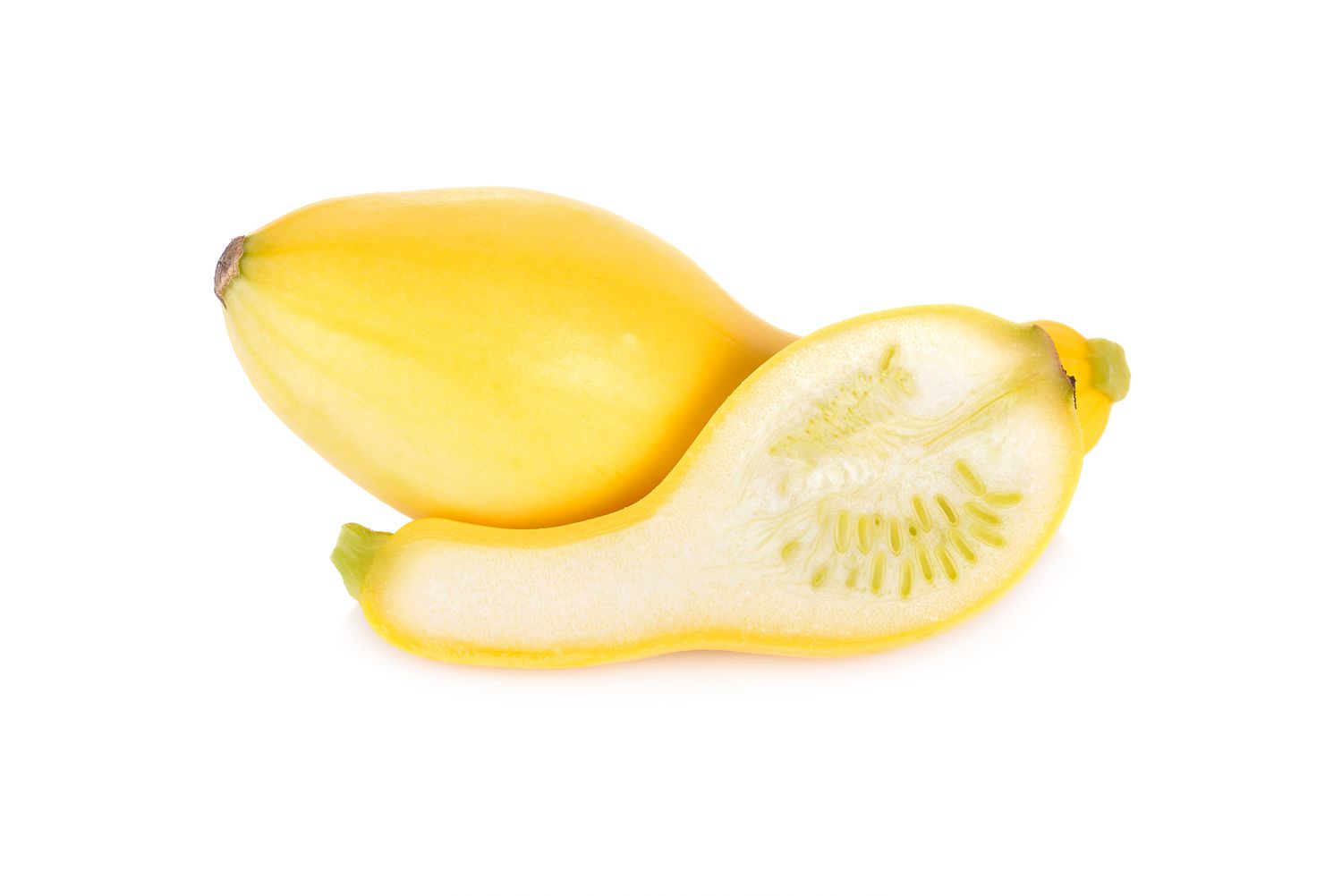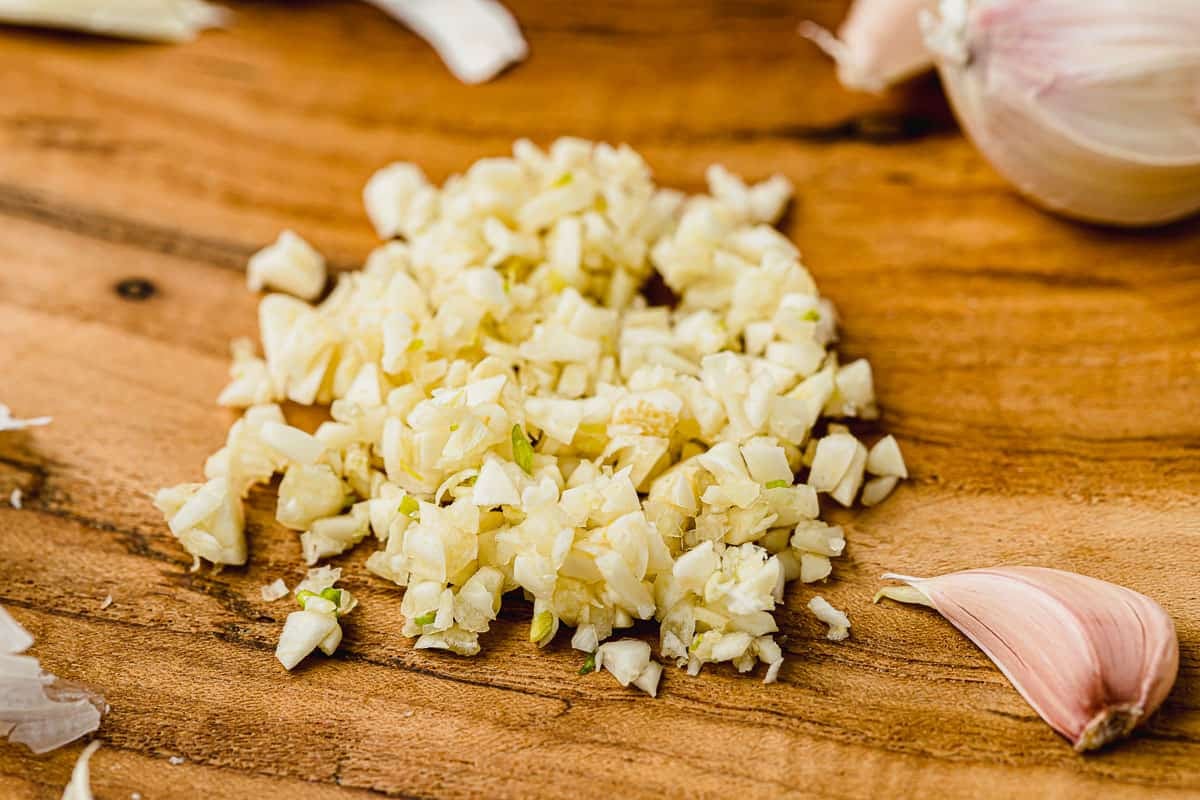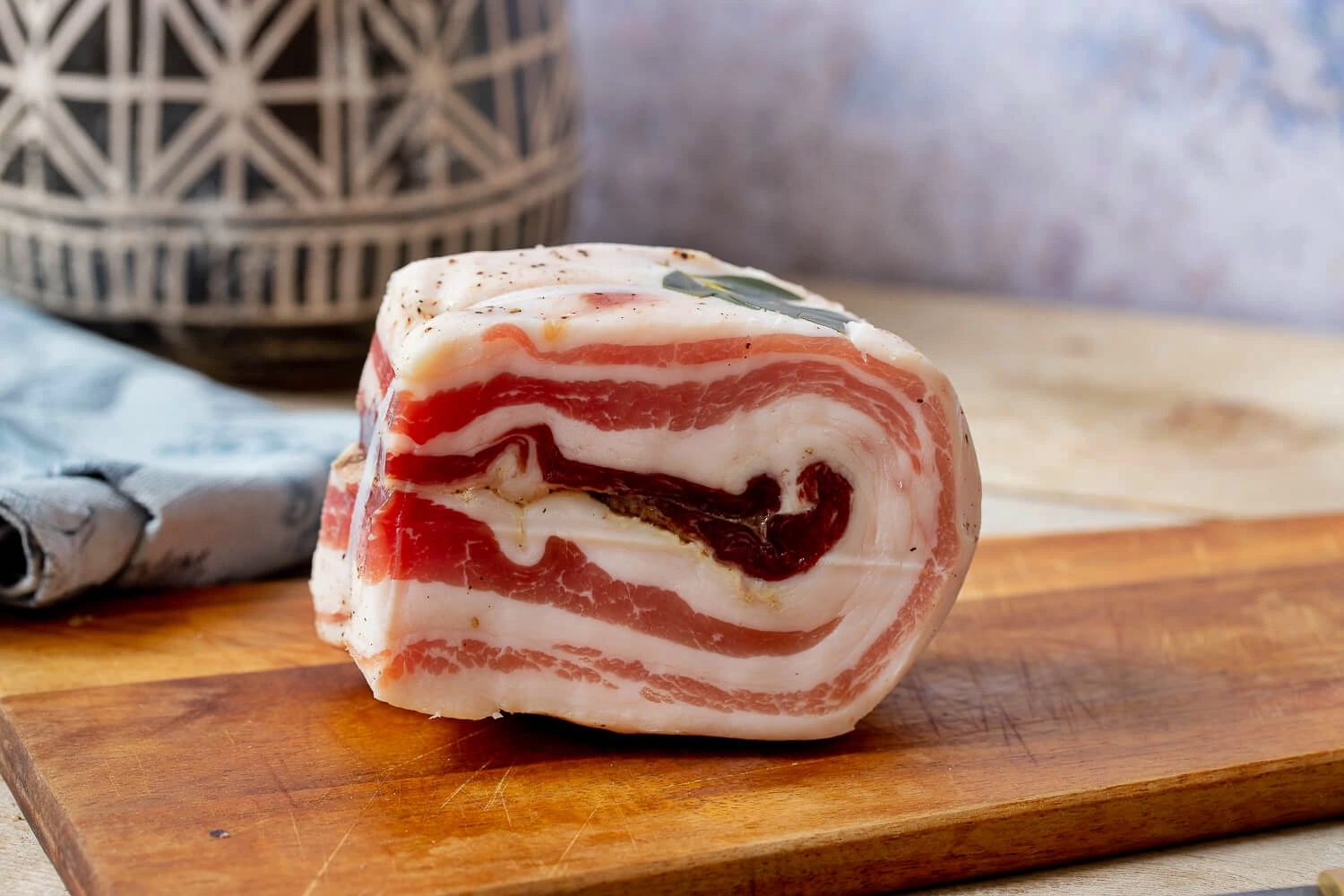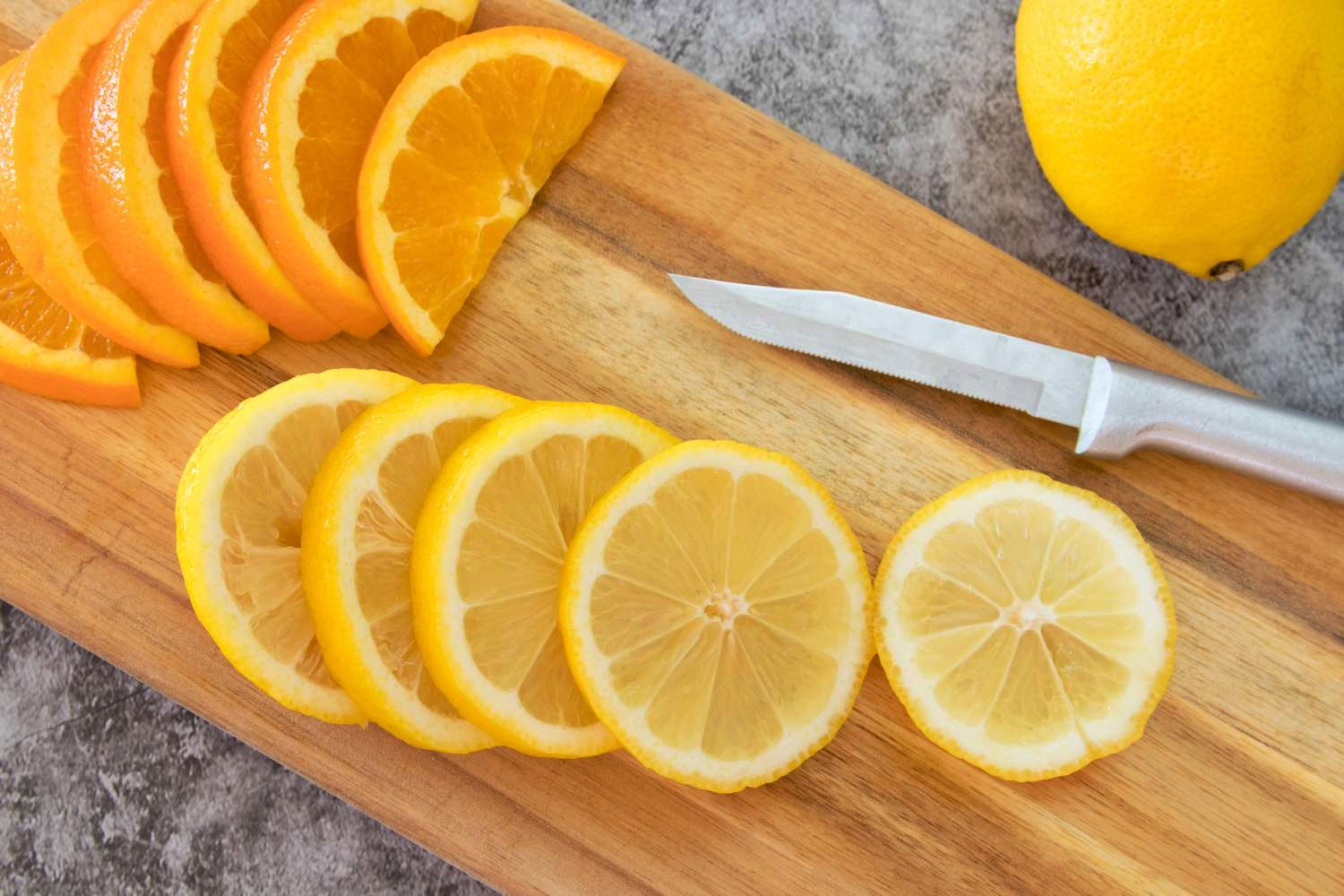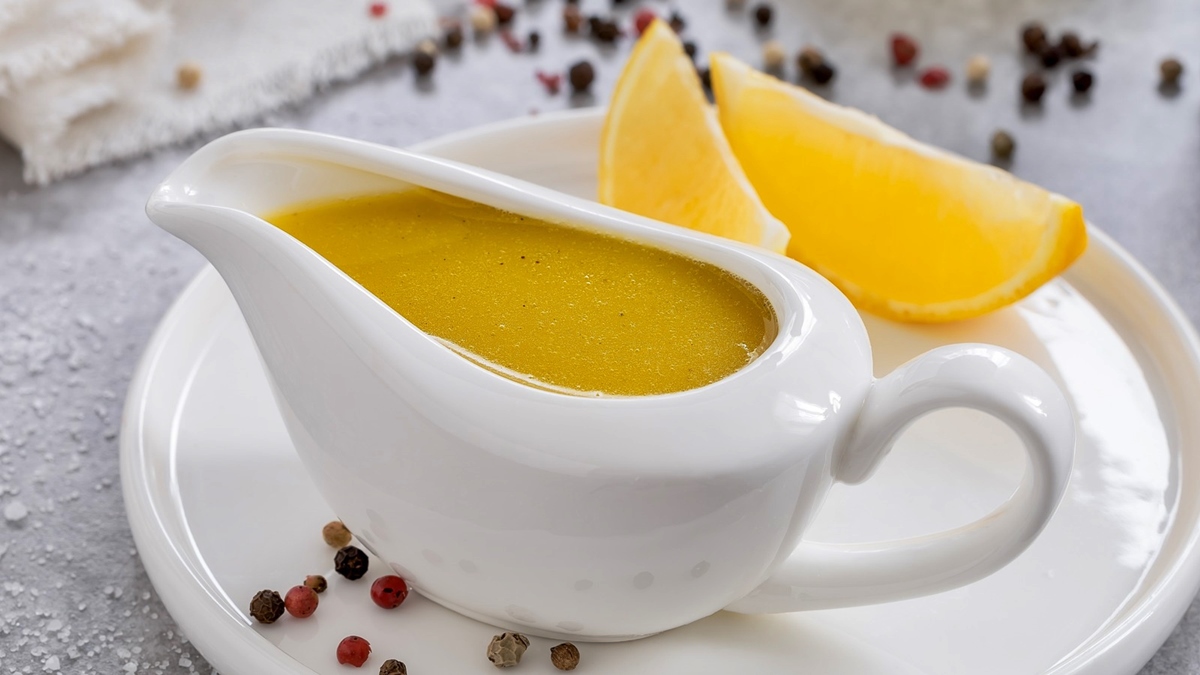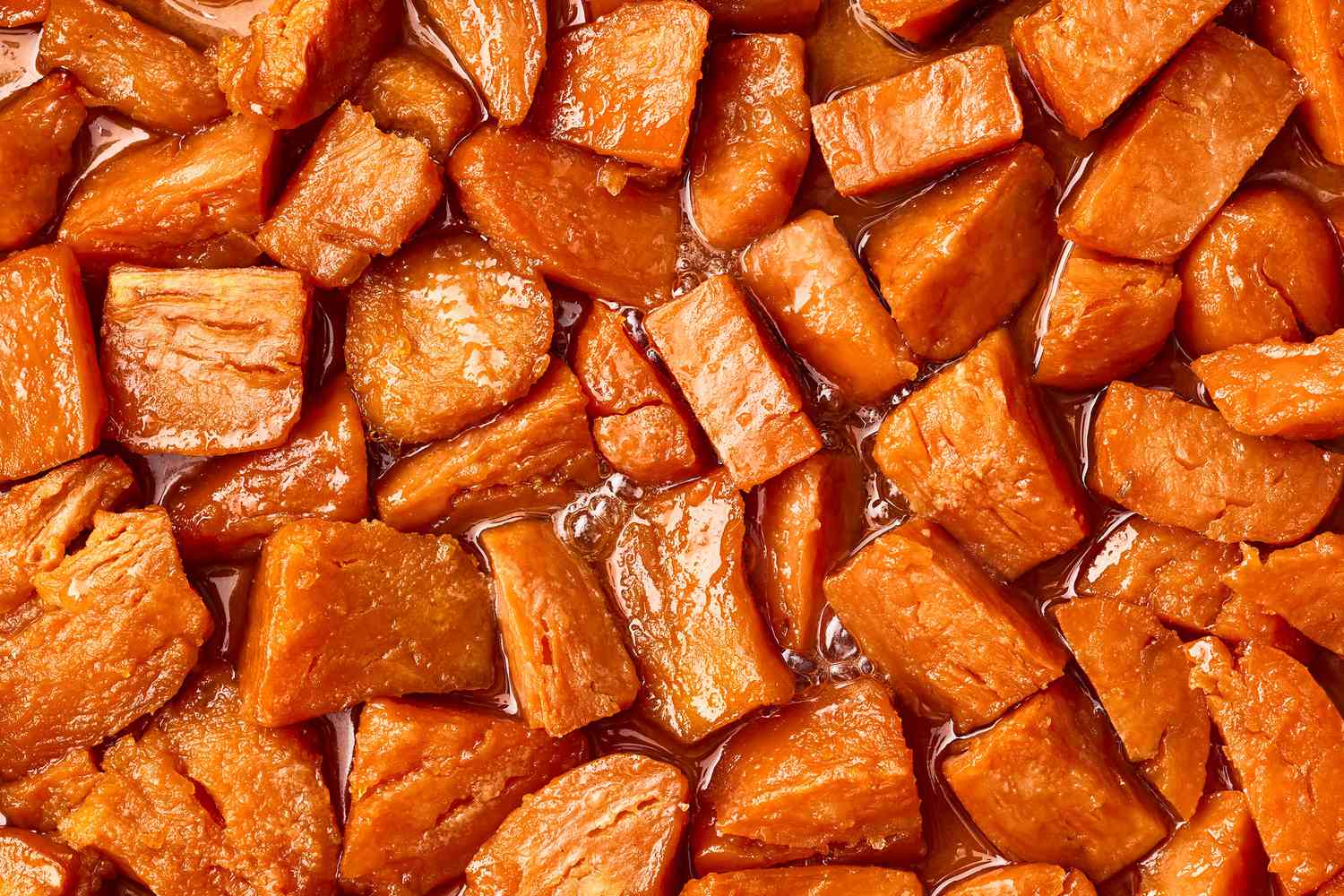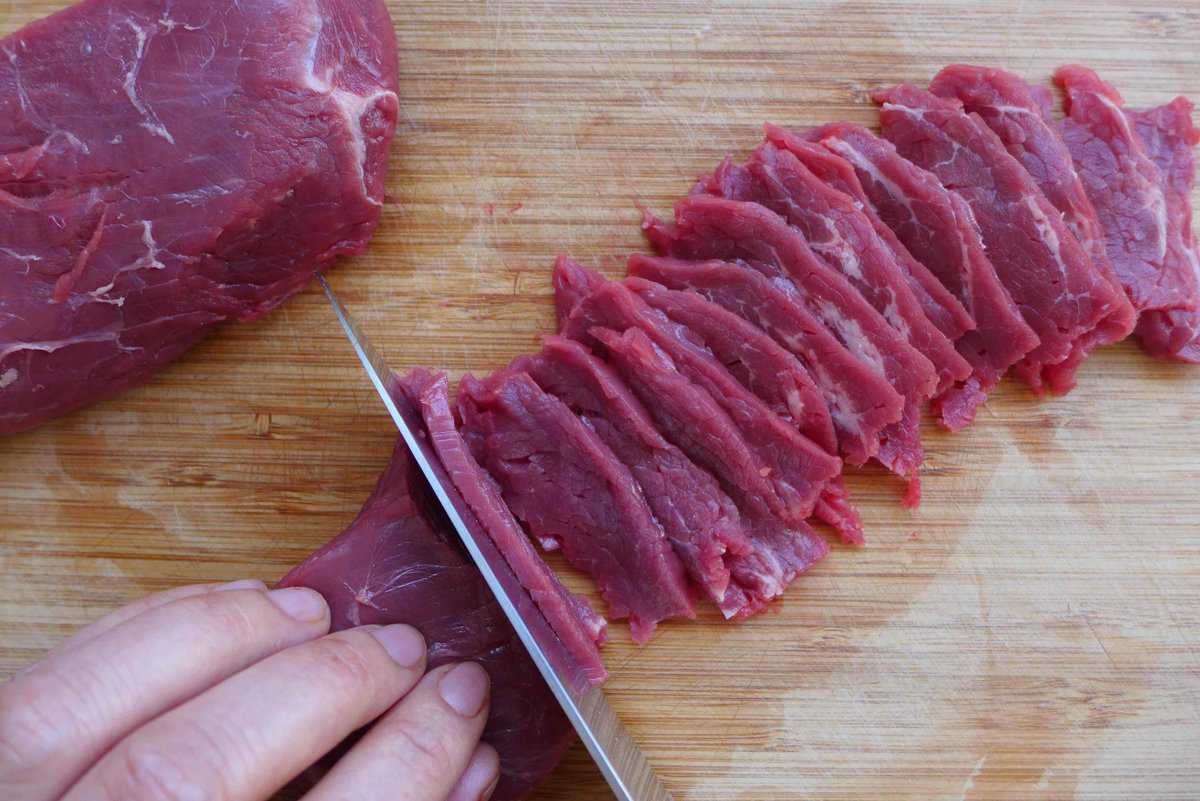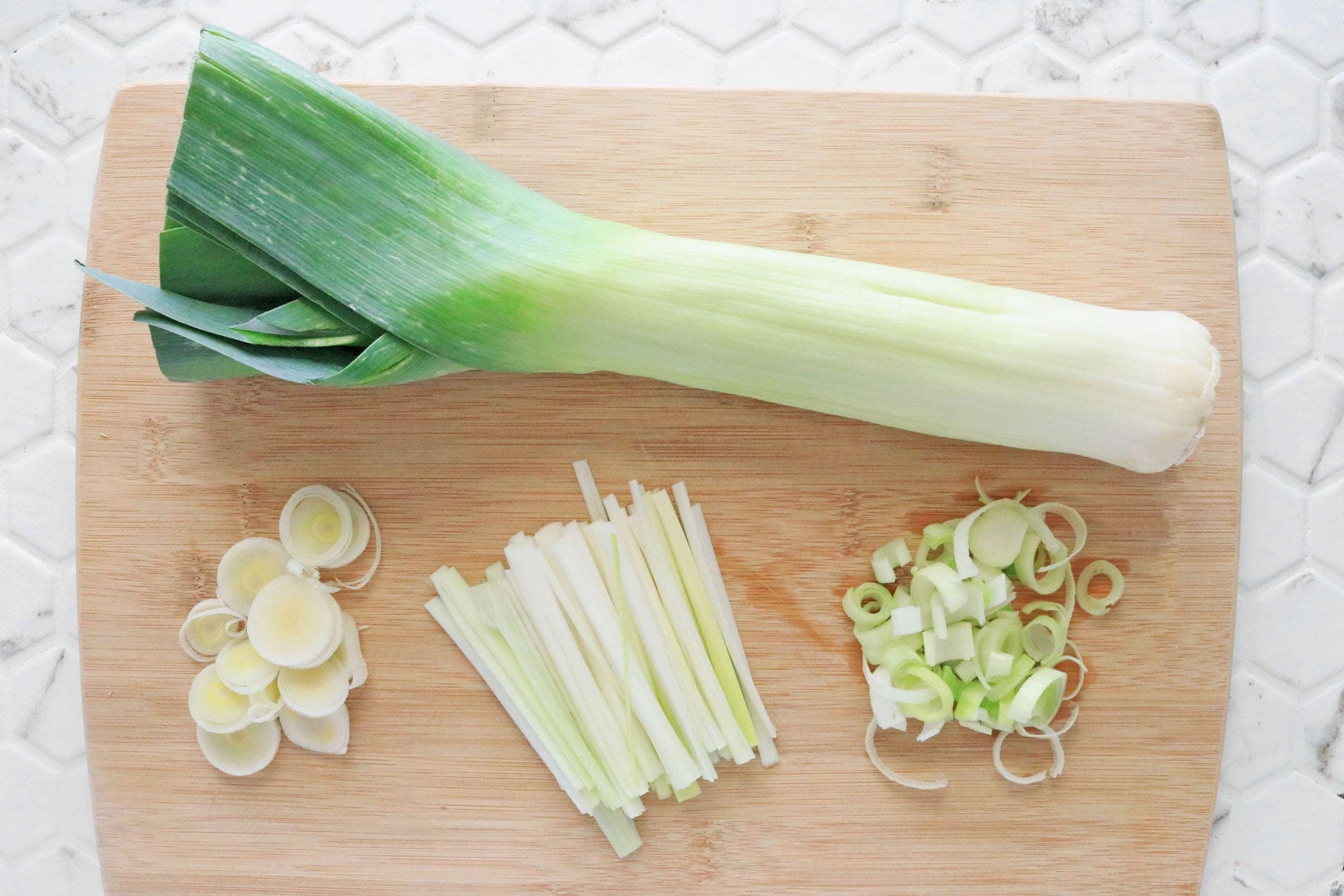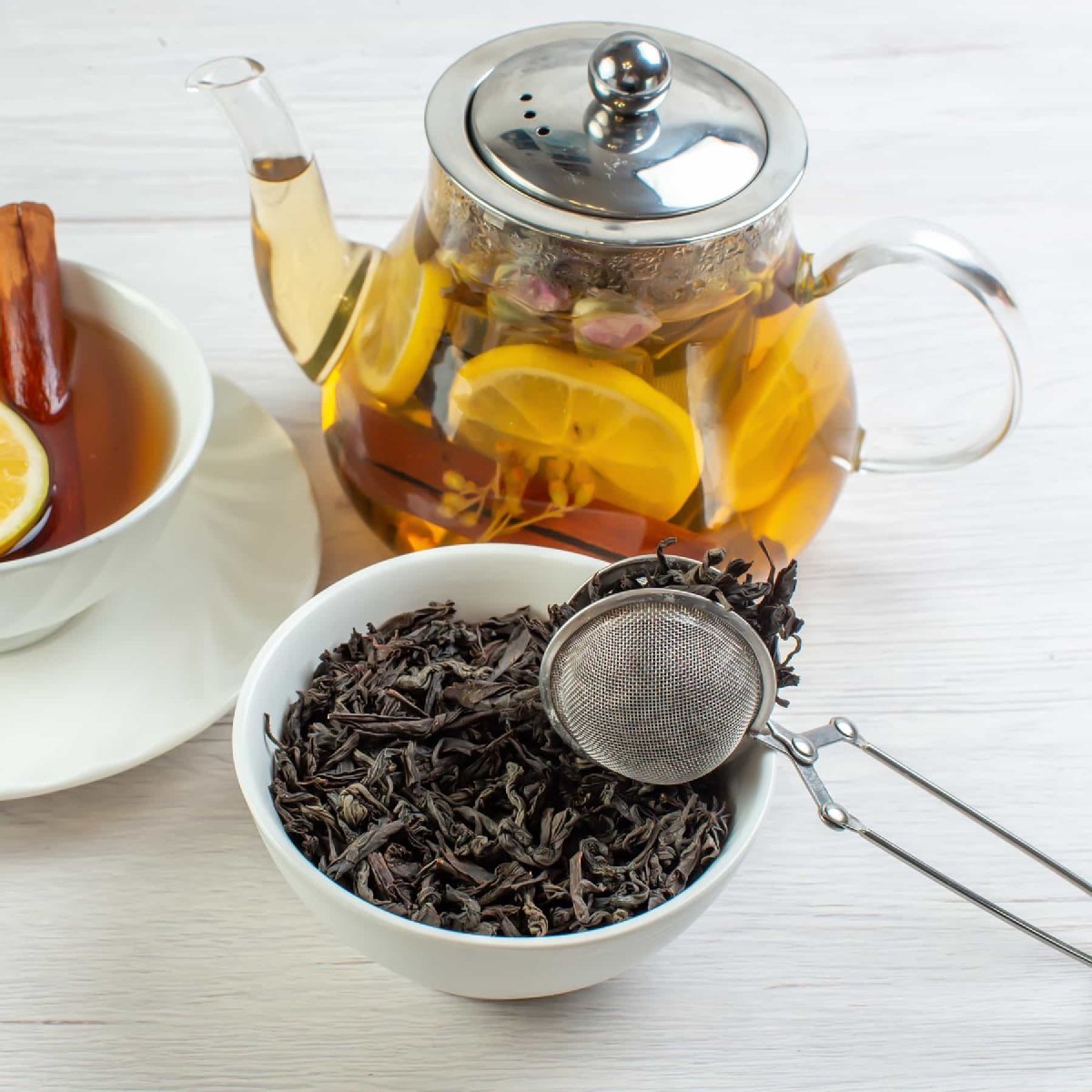How to Slice Scallions Like a Food Expert
Scallions, also known as green onions or spring onions, are a versatile ingredient that can add a burst of flavor and a pop of color to your dishes. Whether you are craving a crunchy garnish for your salad or a subtle onion flavor for your stir-fry, mastering the art of slicing scallions is essential. In this guide, we will take you through the steps to slice scallions like a true food expert.
Why Should You Slice Scallions?
Before we dive into the slicing techniques, let’s talk about why you should give scallions a place in your kitchen. Scallions not only add a mild onion flavor to your dishes but also provide a fresh and vibrant crunch. Besides, they are rich in vitamins A and C, making them a nutritious addition to your meals.
Tools You’ll Need:
- Sharp knife
- Cutting board
Step-by-Step Guide:
Follow these simple steps to slice scallions like a pro:
- Choose the right scallions: Look for scallions that have bright green tops and firm white bases. Avoid any that have wilted or yellowed leaves.
- Prepare your workspace: Place a cutting board on a stable surface, ensuring it won’t slip during slicing. It’s essential to have a steady workspace to avoid accidents.
- Wash the scallions: Rinse the scallions under cold water to remove any dirt or debris. Pat them dry using a paper towel.
- Trim the ends: With a sharp knife, trim the root ends of the scallions, removing any discolored or damaged parts.
- Cut the scallions lengthwise: If you want thin slices, cut the scallions lengthwise into halves or quarters. For a thicker cut, skip this step.
- Hold the scallion securely: Place one hand on the scallion’s white end and the other hand on the green tops. This grip will give you control while slicing.
- Slice with precision: With a sharp knife, make smooth, even cuts across the scallion, starting from the white end and moving towards the green tops. Take your time to ensure consistent thickness.
- Use as desired: Once you have sliced the scallions, you can use them as a garnish, a topping for soups and salads, or as an ingredient in stir-fries and omelets. The possibilities are endless!
Remember, practice makes perfect. As you slice scallions more often, you will develop your own style and improve your slicing skills.
Tips and Tricks:
- Chill the scallions: If you want to make slicing easier, consider placing the scallions in the refrigerator for 15-20 minutes before slicing. The cold temperature will firm them up, making the process smoother.
- Sharpen your knife: A sharp knife will make clean cuts and prevent squishing or bruising the scallions. Ensure your knife is sharp before you start slicing.
- Store leftovers properly: If you have leftover sliced scallions, store them in an airtight container in the refrigerator. They will stay fresh for a few days, allowing you to use them in future recipes.
Now that you know how to slice scallions like a food expert, it’s time to put your new skills to the test. Experiment with different recipes and watch how sliced scallions elevate your dishes to the next level. Happy slicing!
Recipes and Further Uses of Sliced Scallions
Now that you've mastered the art of slicing scallions, a whole new repertoire of delicious recipes awaits your culinary prowess. From the savory Asian Beef and Scallion Stir-Fry to the delightful crunch of Scallion Pancakes, these dishes offer a fantastic opportunity to employ your new skill. We recommend starting with the Scallion and Ginger Noodles for a quick yet flavorful meal, or perhaps the Creamy Scallion Scrambled Eggs for a lush breakfast upgrade. Each recipe is designed to highlight scallions, enhancing your dishes with their mild, yet distinct flavor.
Was this page helpful?
Read Next: How To Chop Carrots For Soup
